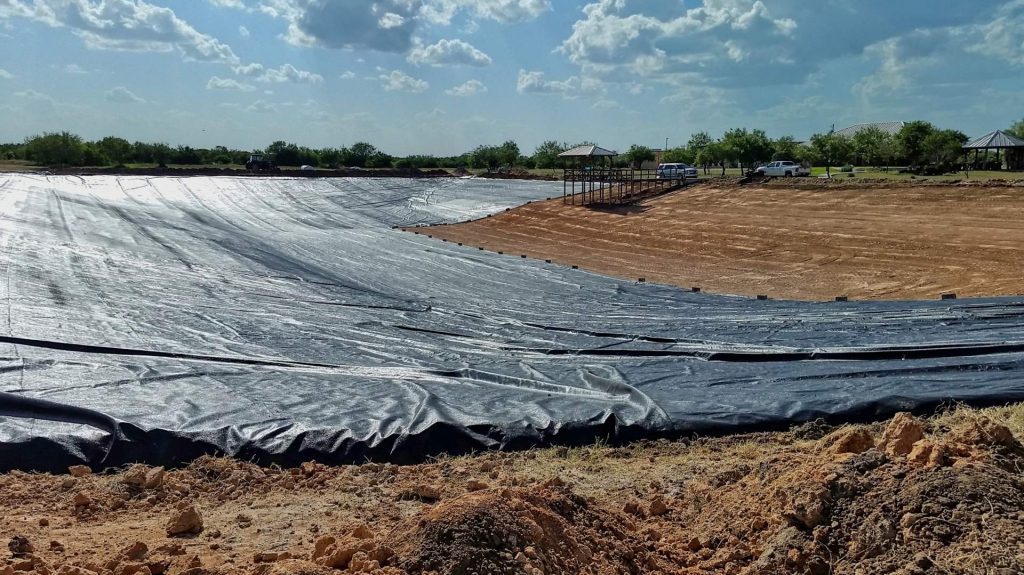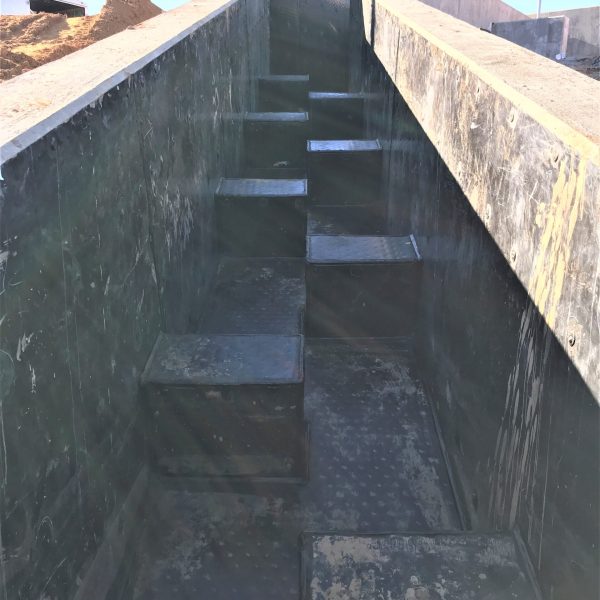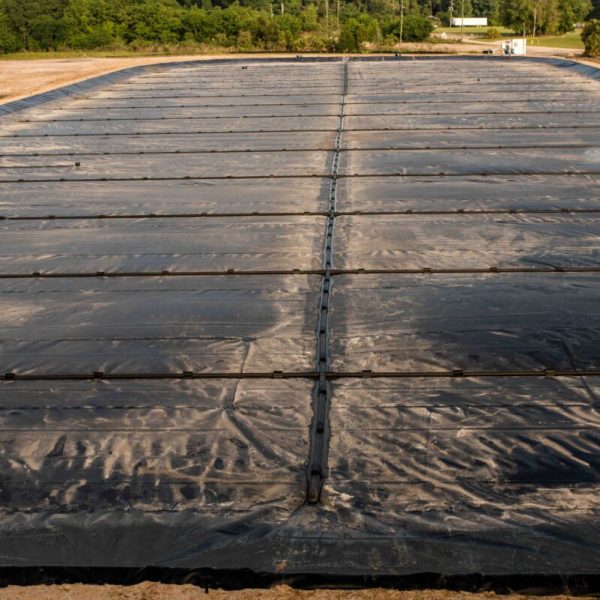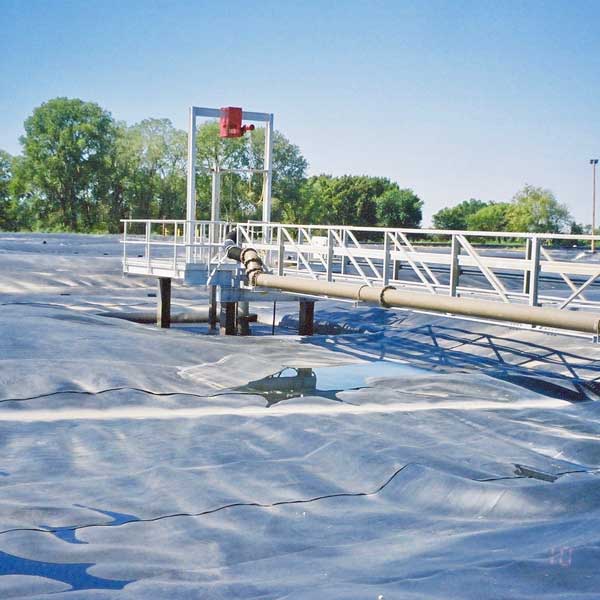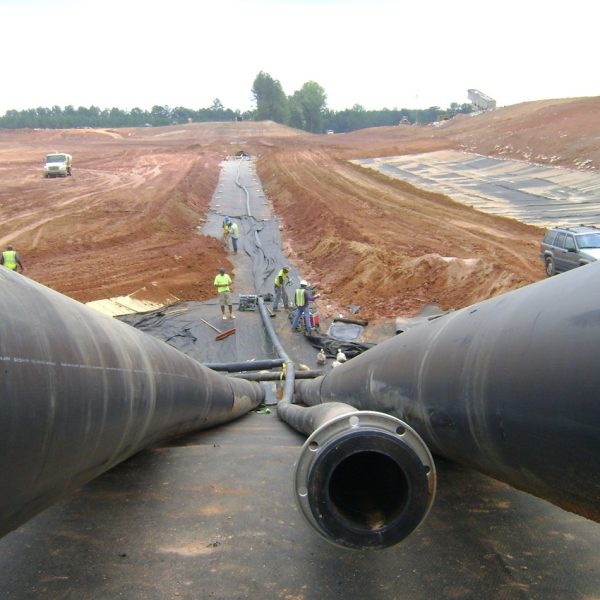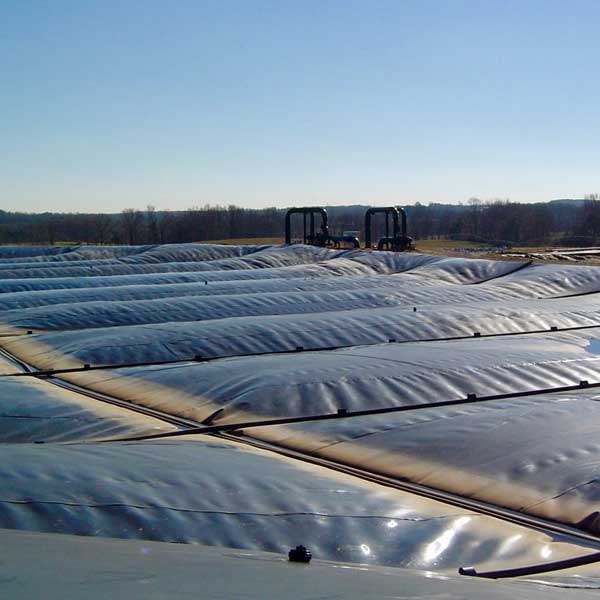Irrigation Pond Liner Installer
CONTACT NOW FOR FREE CONSULTATION







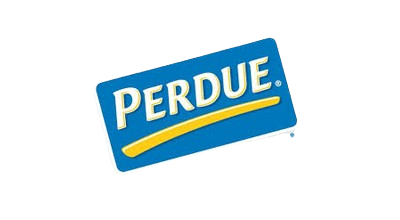



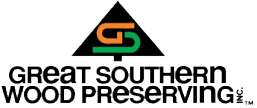






Liner Systems
Plastic Fusion has been installing geosynthetic containment systems for more than 40 years.
Anaerobic Digester Covers
We design and install HDPE cover systems for anaerobic digesters and are a pioneer in anaerobic digester lagoons for biogas collection and conversion to Renewable Natural Gas (RNG).
Concrete Protective Liners
Plastic Fusion is a leader in the installation of concrete protective liners in industrial tanks and storage facilities, wastewater treatment tanks, and chemical processing plants.
Piping Systems
Our custom fabricated piping systems meet even the toughest handling requirements. Materials offer long-term chemical resistance and environmental containment.
Irrigation Pond Liner Installer
With years of experience and a commitment to sustainability, we provide tailored pond lining solutions that meet the specific needs of farms, golf courses, commercial landscapes, and industrial facilities. From small ponds to large-scale reservoirs, Plastic Fusion ensures reliable, long-lasting results that help conserve water and protect the environment.
